Bugatti Type 41 Royale
Already in 1919 Ettore Bugatti started to think about the most luxurious car in the world. However, it wasn’t until 1926 that the first car of the Type 41 Royale was put on its wheels. In the meantime, Bugatti had rejected the project of a large-volume inline eight-cylinder engine for aircraft, but had used this engine as the basis for the Type 41. A bore to stroke ratio of 125 by 150 millimeters resulted in a displacement of 14.7 liters for the presentation car. As with various other Bugatti models, a monoblock design was also used here, which deliberately dispensed with removable cylinder heads. For engine revisions, all internal components had to be removed, including the massive, nine-bearing crankshaft. Bugatti reduced the cubic capacity to 12.8 liters for later series cars by reducing the stroke per cylinder to 130 millimeters. Nevertheless, impressive performance data were still available. While official factory documents spoke of up to 300 hp, experts today assume that the real power was closer to 275 hp. Enough to effortlessly accelerate the vehicles, which weigh more than three tons, from a speed of 10 kph in second gear up to more than 100 kph. In order to reduce the unsprung masses, Bugatti integrated the brake drums into the aluminium rims.
Together with his son Jean, Ettore Bugatti developed a box-frame chassis with a wheelbase of either six or 6.35 meters. Bodyworks were done externally, with Jean Bugatti supplying some designs and Ettore Bugatti having the right in the sales contract to keep the final word regarding the choice of coachbuilders. Only the best, most respected companies and the most extravagant, tasteful designs should be used. The presentation vehicle with the chassis number 41-100 received five different bodies within a very short time, which were all used by Bugatti for advertising. It all started with a four-door Phaeton body, which, apart from the necessary long bonnet, was almost unchanged from a then new Packard Eight. This was followed by a coupé in the style of a Fiacre, then a four-door Limousine and finally a two-door Coach Limousine by Weymann. Ettore Bugatti was involved in an accident between Strasbourg and Molsheim in 1931. The car received a new, 23 centimeter shorter chassis, the smaller engine of the production cars and a bodywork designed by Jean Bugatti and called Coupé Napoléon. In the turmoil that Bugatti went through after World War 2, this Royale came into the possession of the Schlumpf brothers and therefore is still part of the national car museum Cité de l’Automobile – Collection Schlumpf in Mulhouse. They also own another Royale as well as one of the various bodies used on the other chassis as a replica.
In 1929 a second Type 41 Royale was built as a Berline de Voyage (convertible) with chassis number 41-150. This car served the Bugatti family as a private vehicle and was used by Ettore’s widow Barbara Maria Giuseppina until 1950. Afterwards Briggs Cunningham from the USA bought the Royale. Various owners in the USA followed, including The Harrah Collection and the Blackhawk Collection. Meanwhile, 41-150 probably belongs to an investor from South Korea. Due to the worldwide financial crisis since 1929, it was very difficult for Ettore Bugatti to find buyers for the extremely expensive Type 41 Royale. In addition, there were his terms of purchase, which possibly also deterred some interested parties. Ultimately it took until 1932 before the first customer vehicle with chassis number 41-111 was built for the Parisian industrialist Armand Esders. For this purpose Jean Bugatti designed a special, huge Roadster body with removable headlights, as Esders wanted to use the car mainly in daylight. After only two years he sold the Royale again. For the new owner, Henri Binder’s coachbuilding company in Paris created a Coupé de Ville body with the chauffeur sitting outside. The design was very reminiscent of the Coupé Napoléon styling by Jean Bugatti used on the factory car in the meantime. Today, the car belongs to the Volkswagen Group and is usually parked in the remise at the Bugatti plant in Molsheim. The body of the Roadster Esders was faithfully reproduced in the 1970s by the Schlumpf brothers’ workshop on the basis of an unfinished Type 41 chassis without an engine.
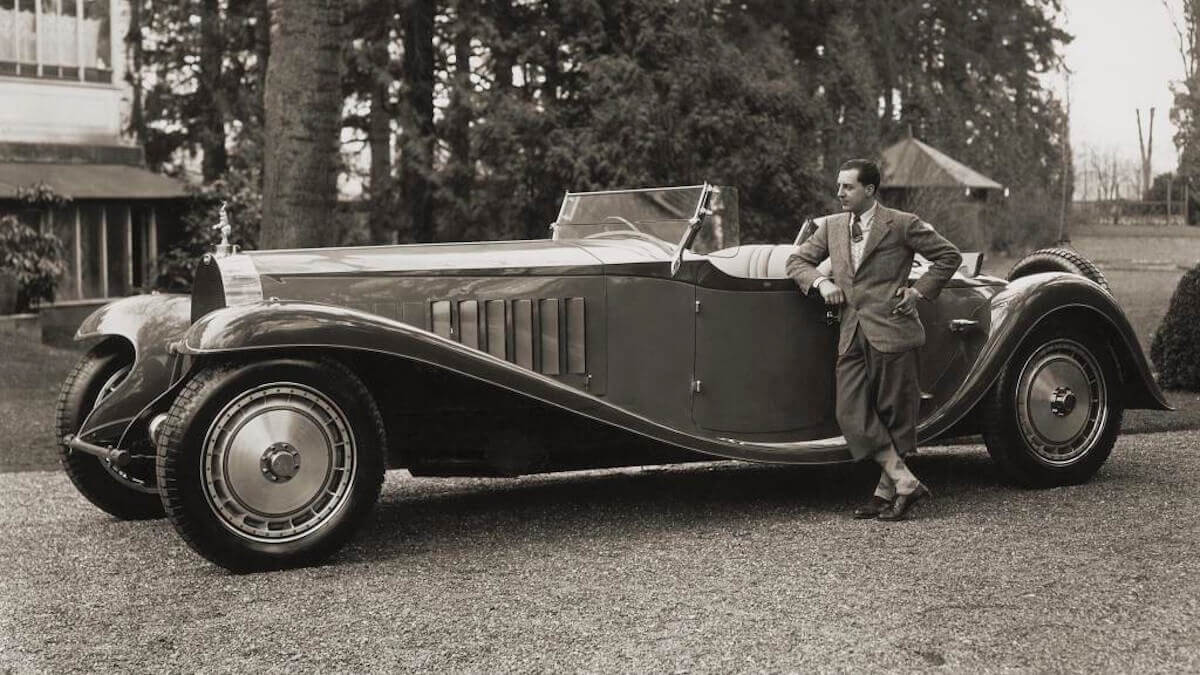



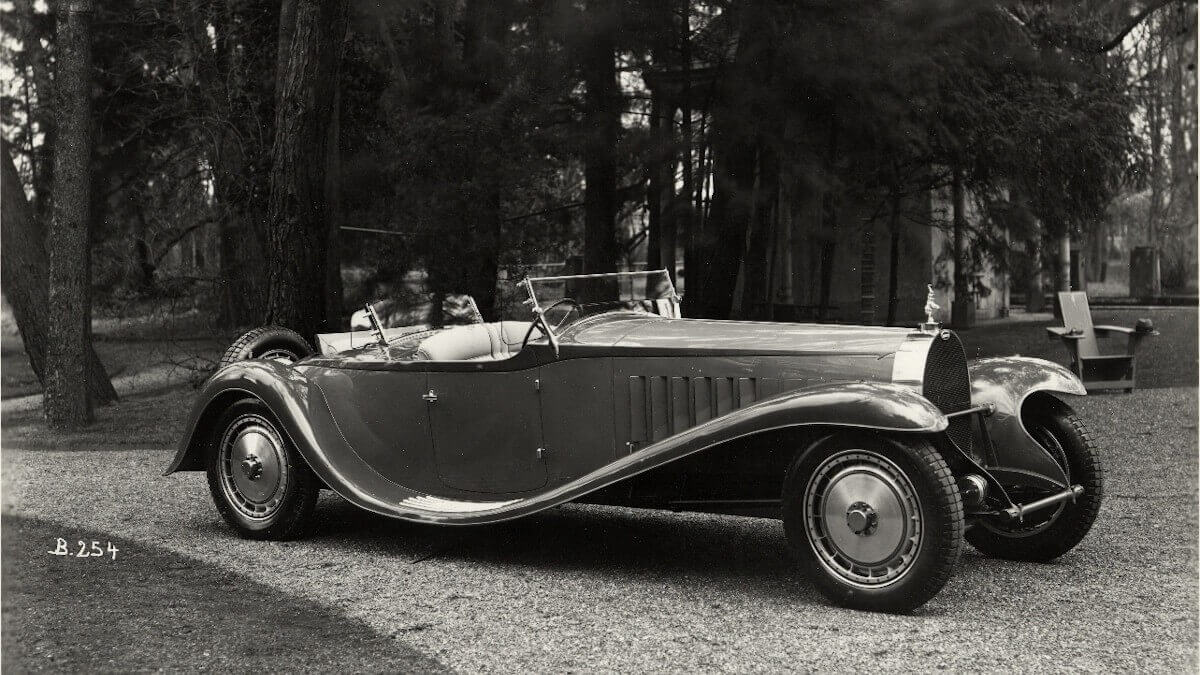



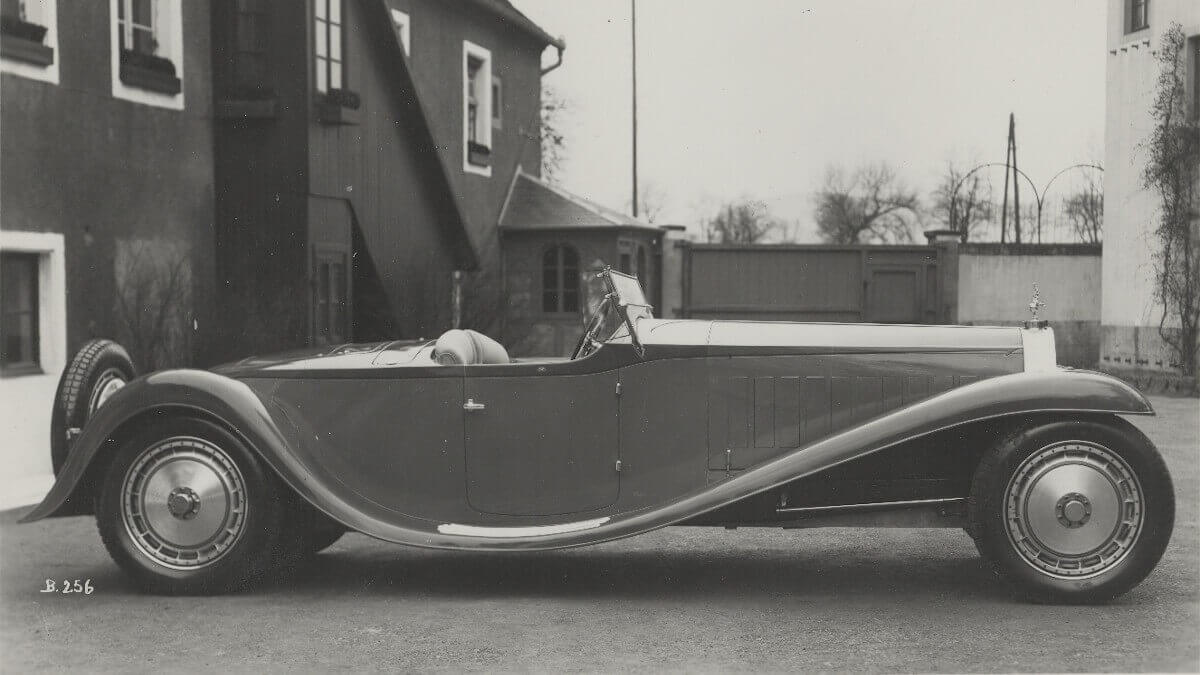



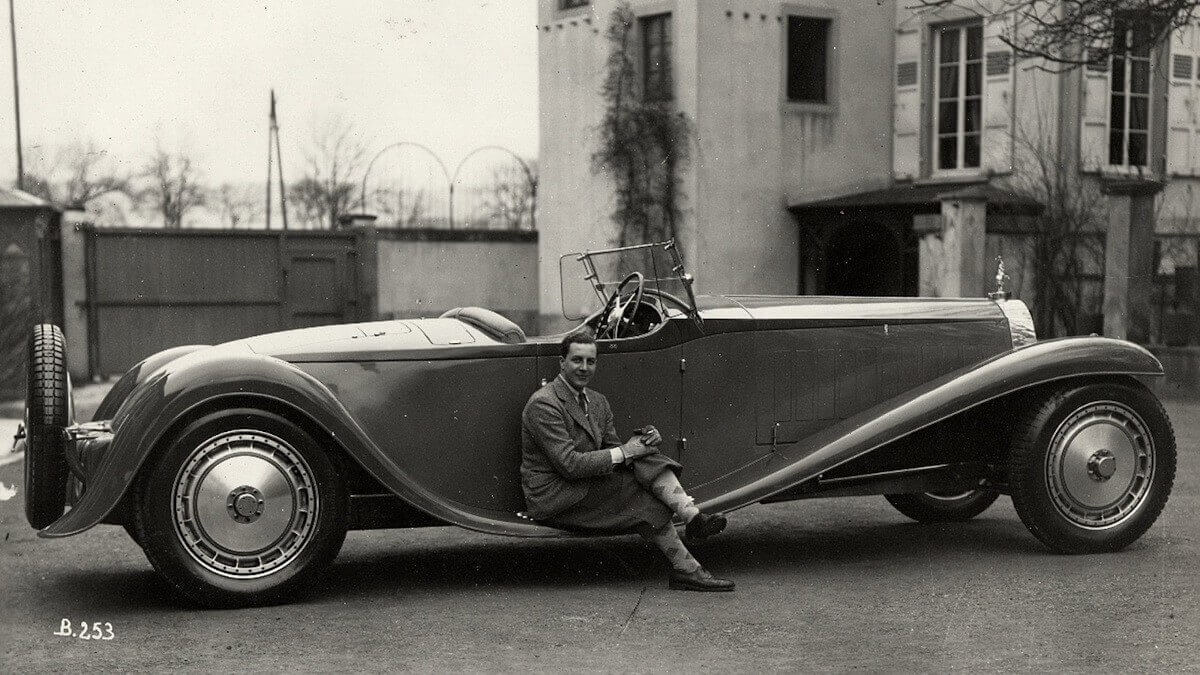



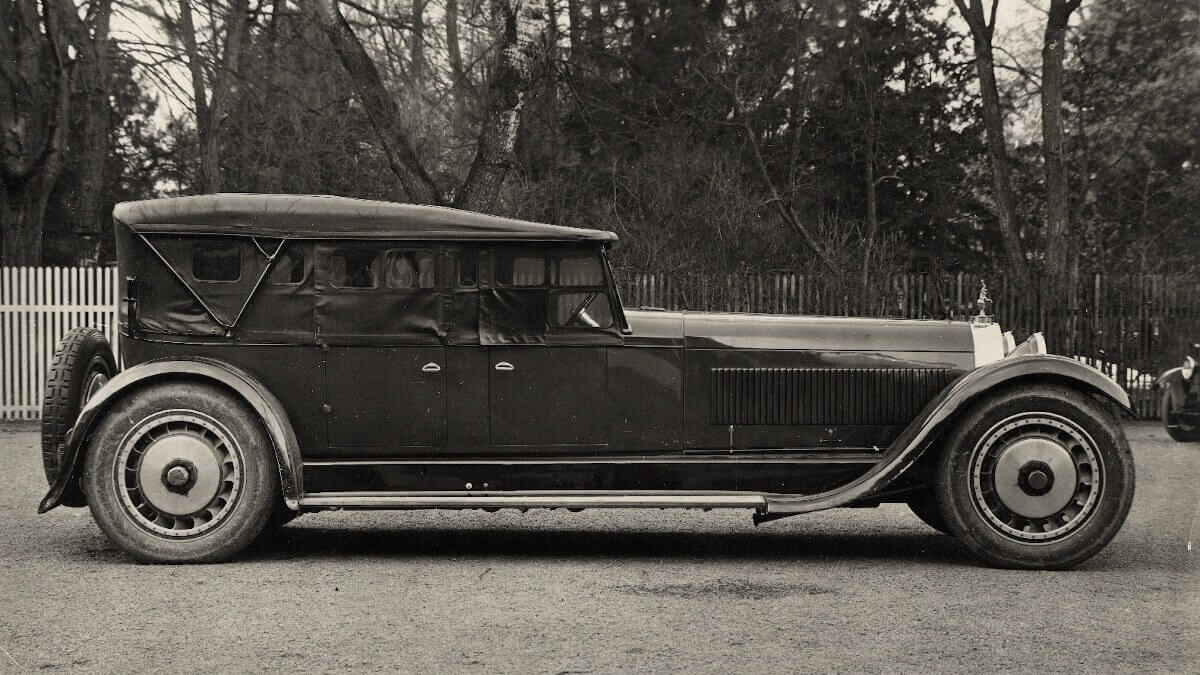



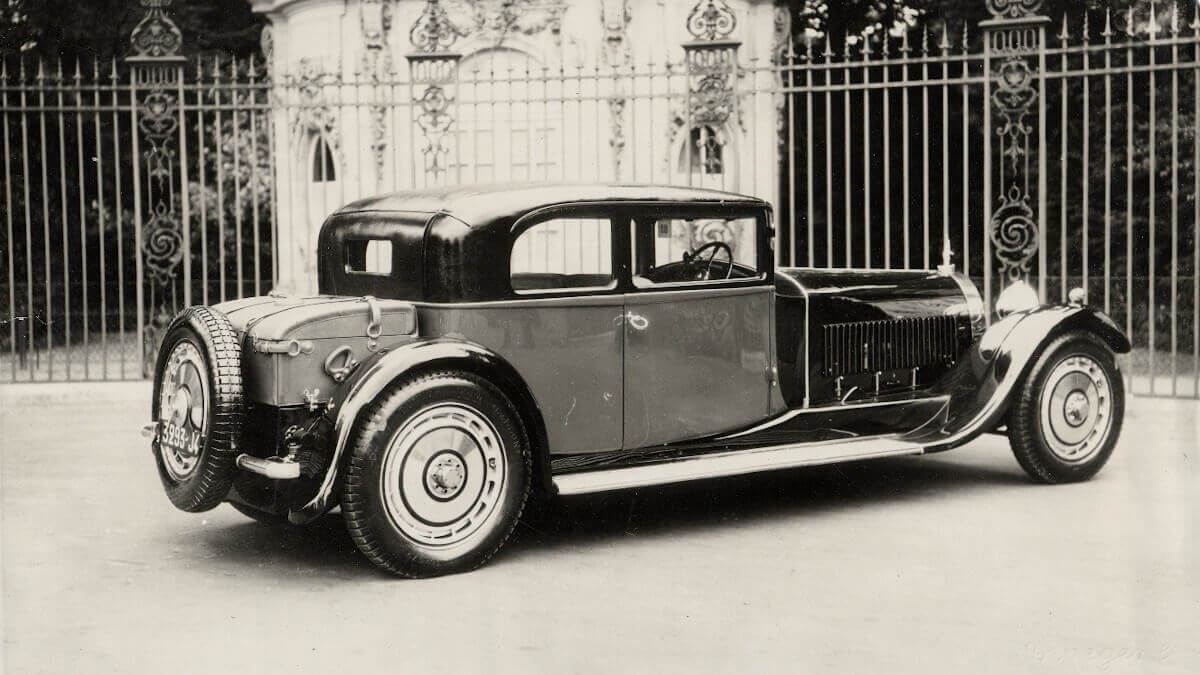



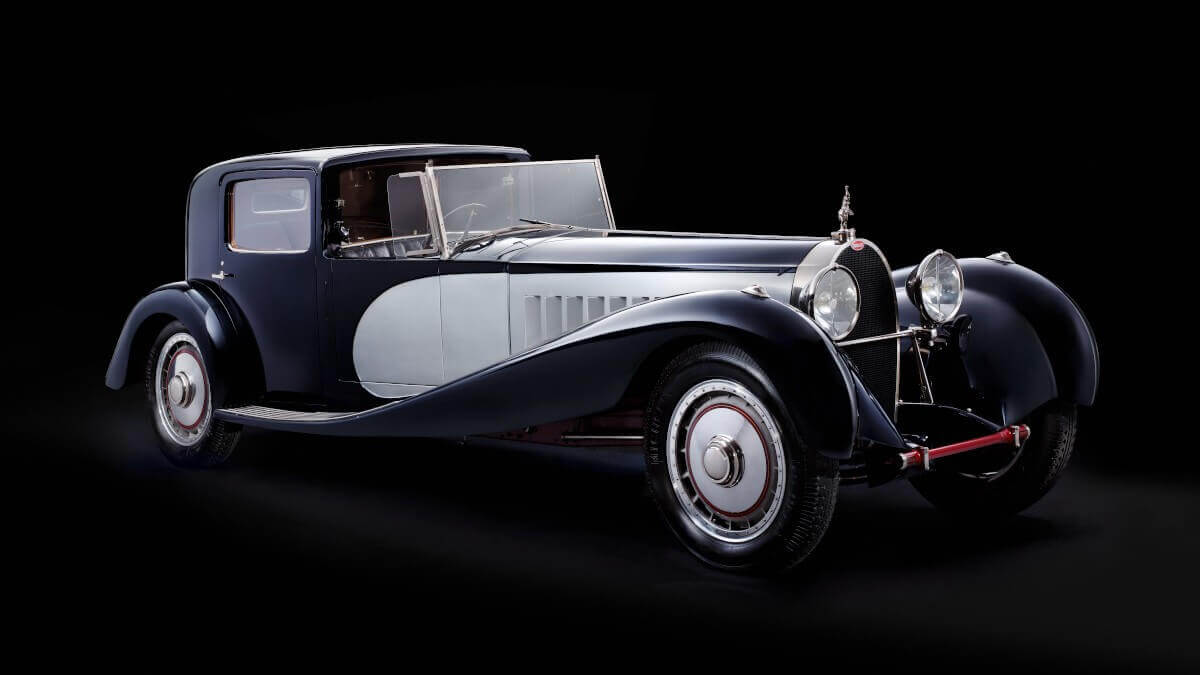



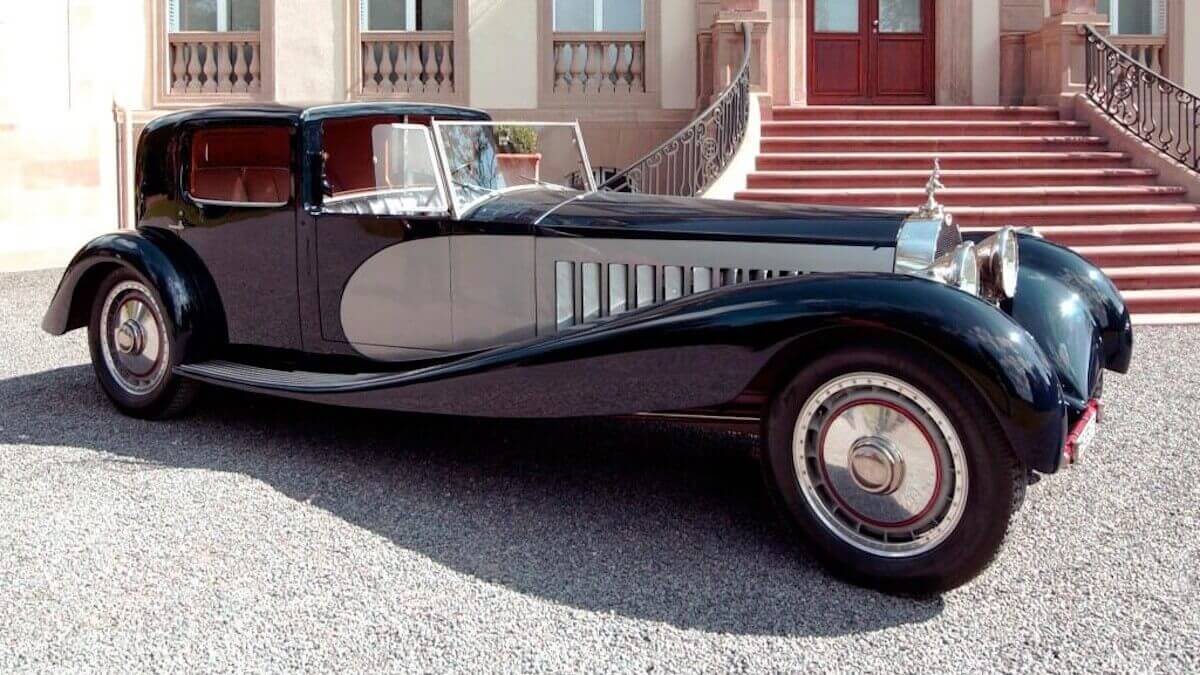



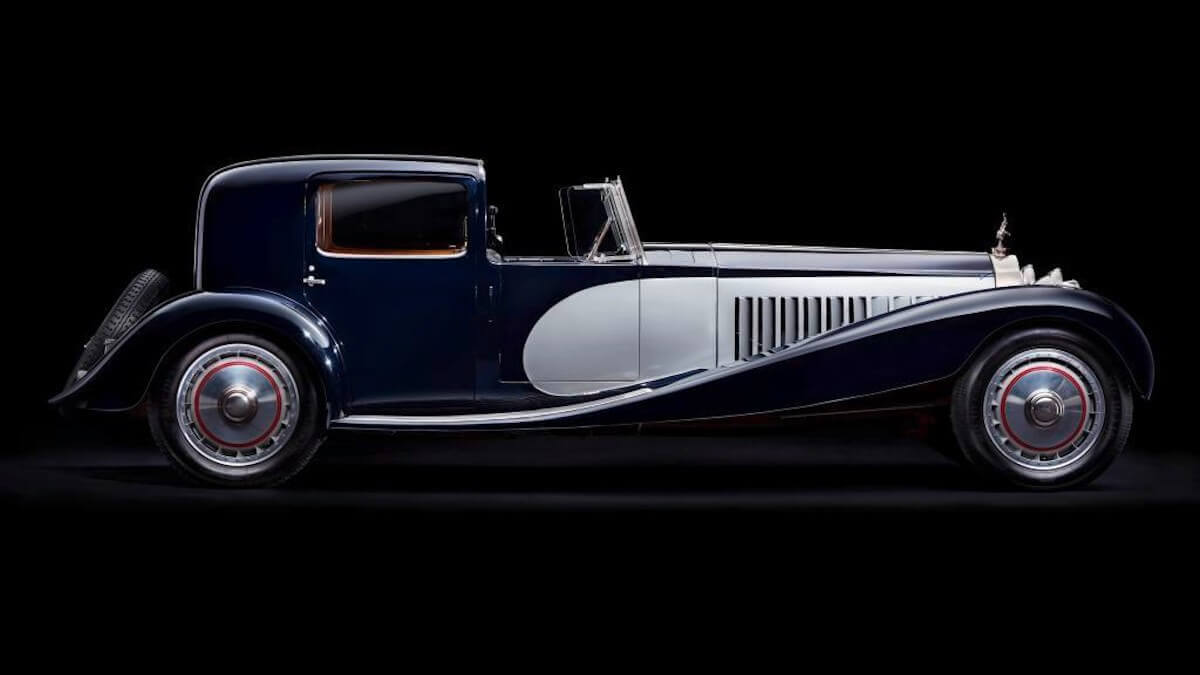



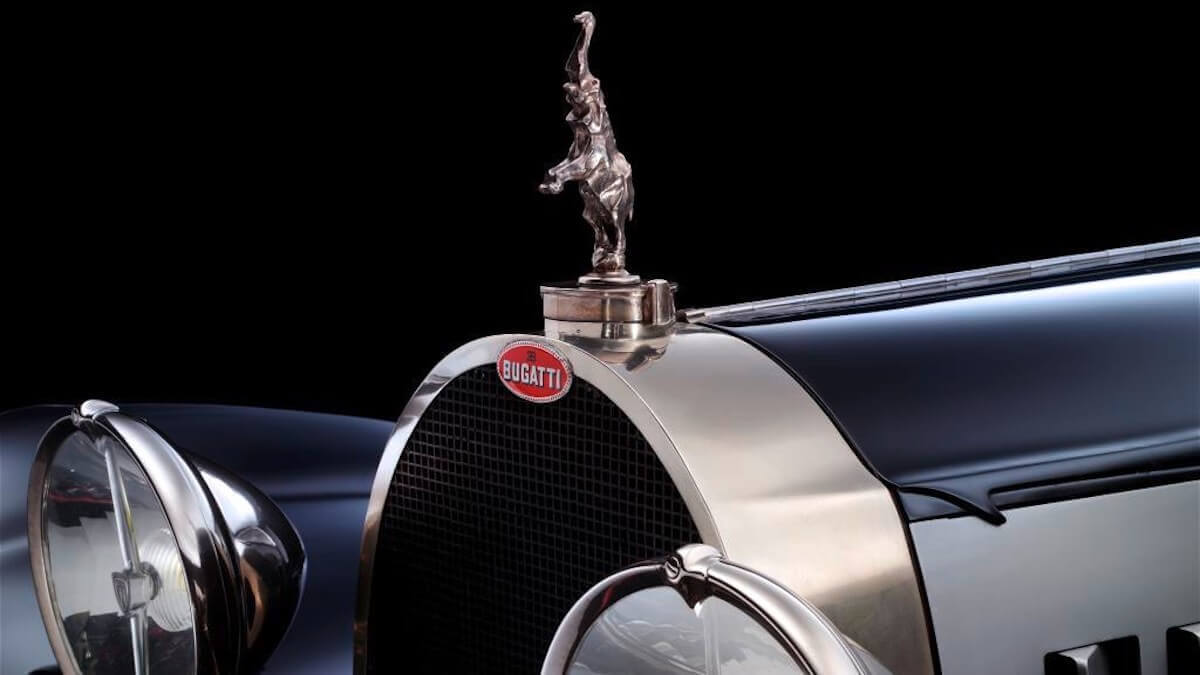



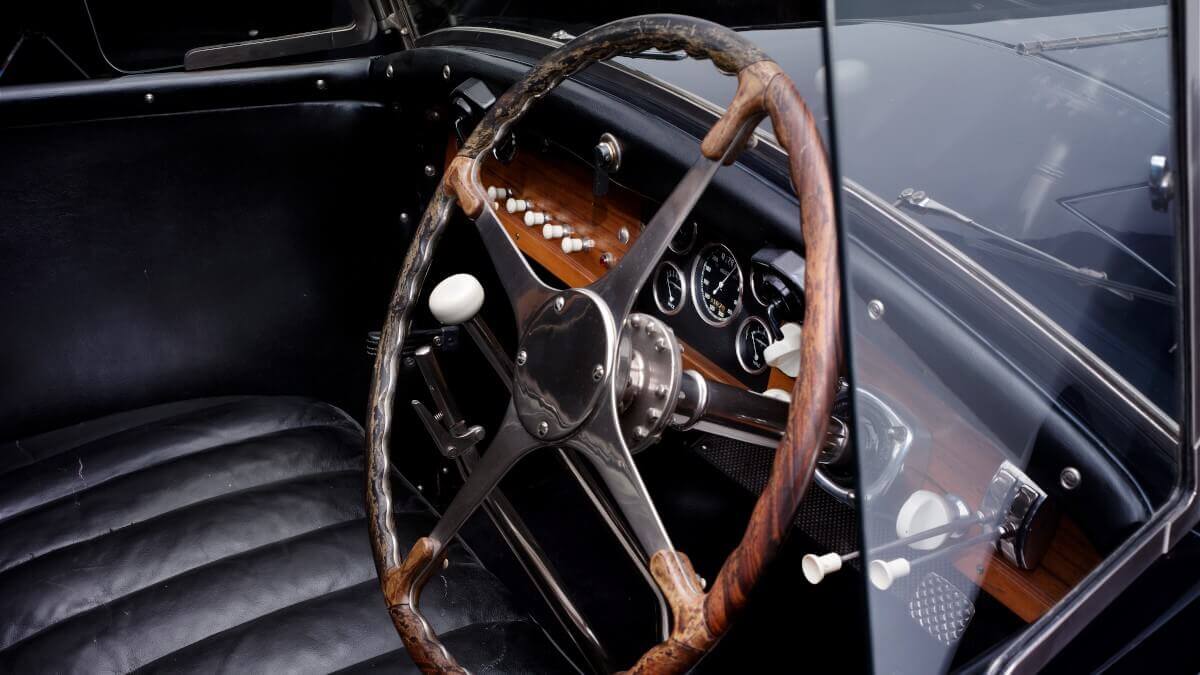



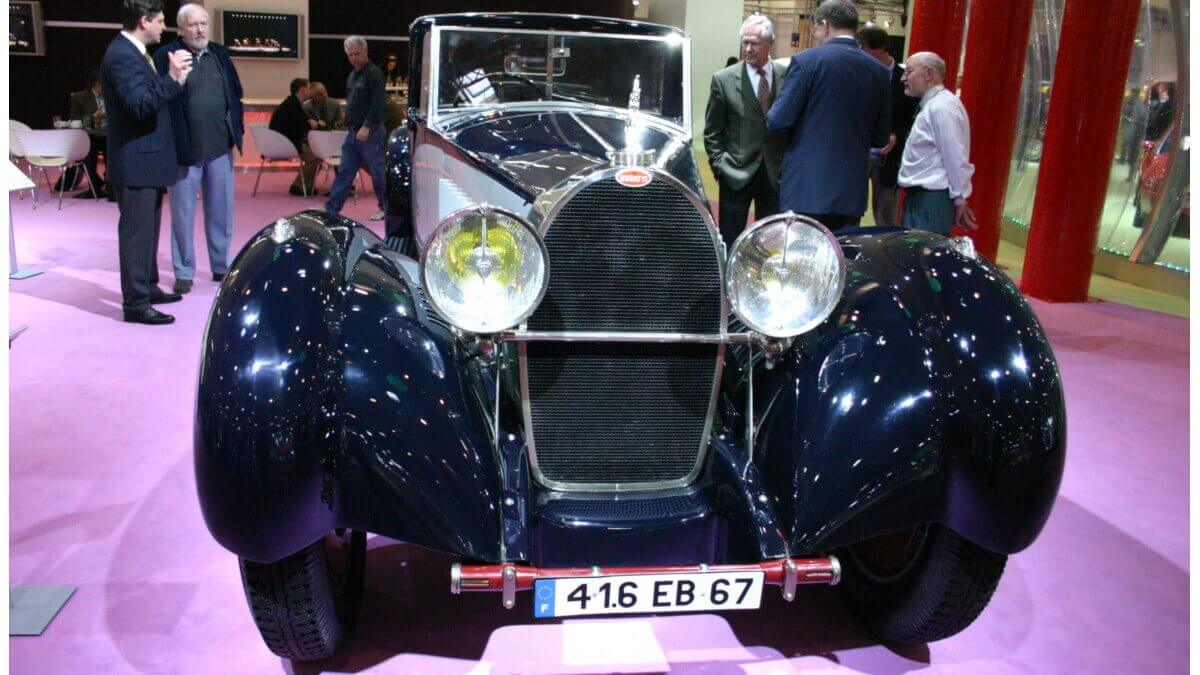



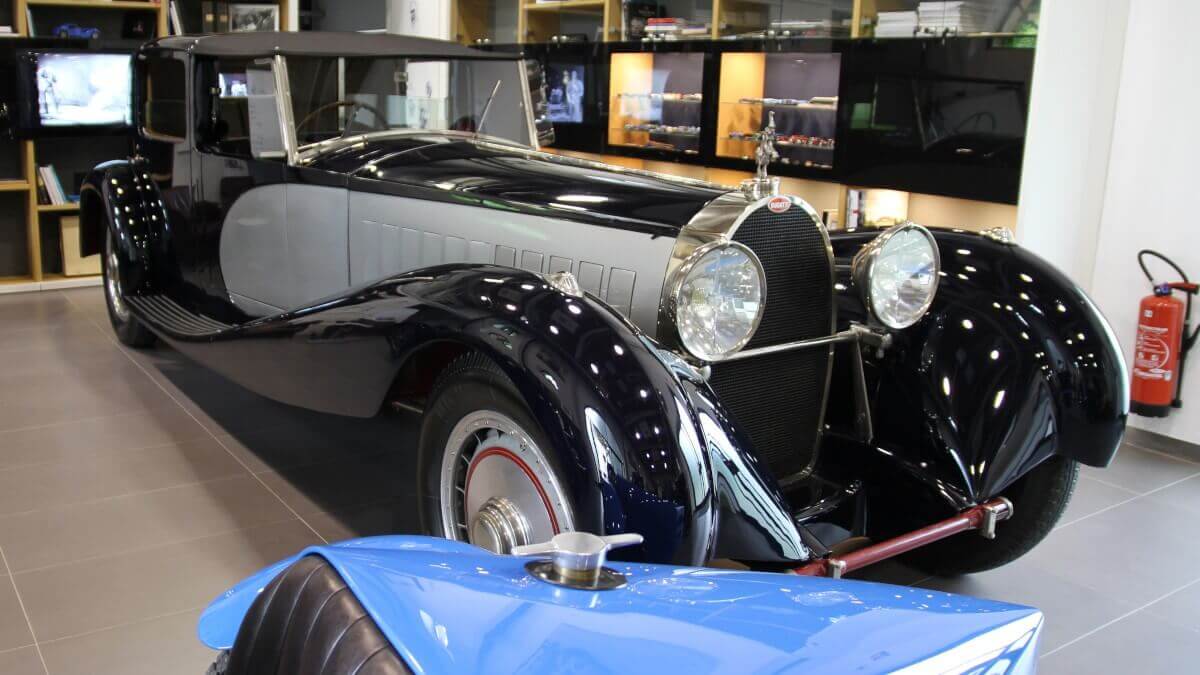



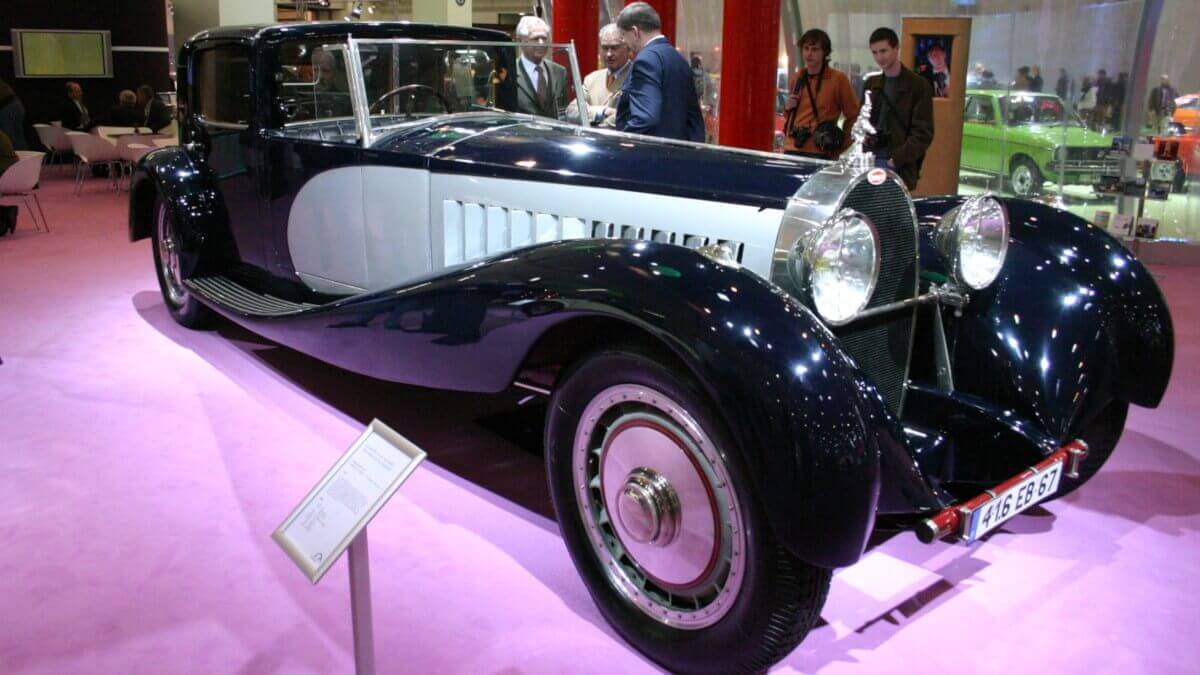



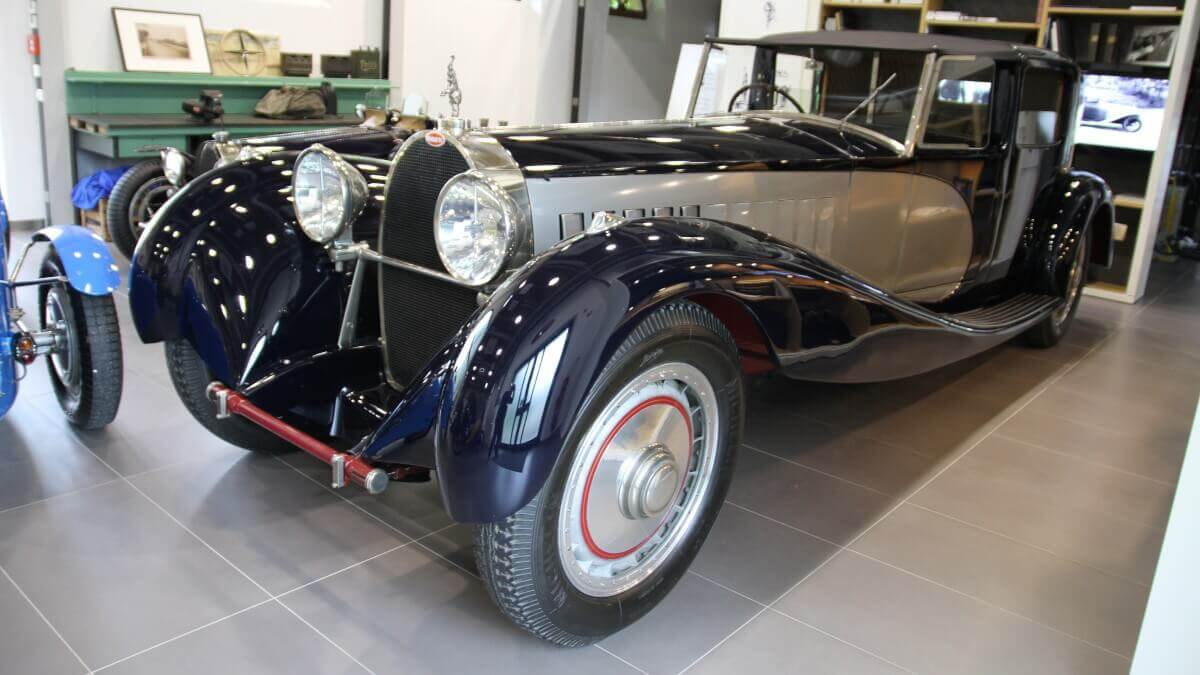



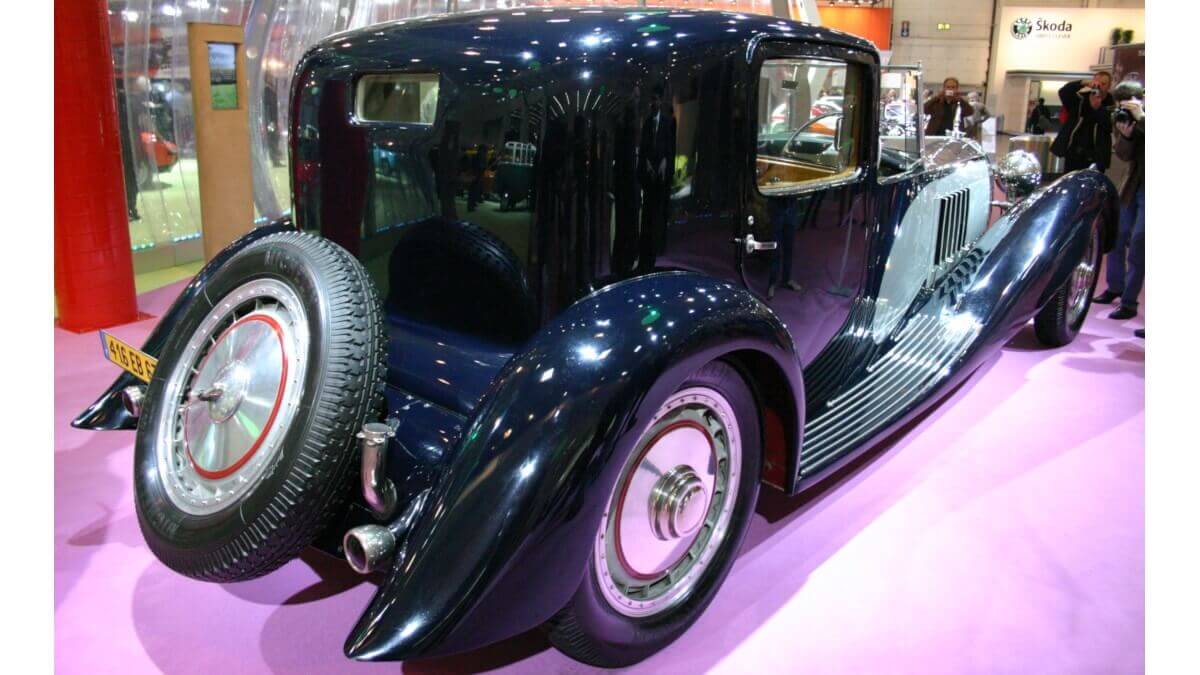



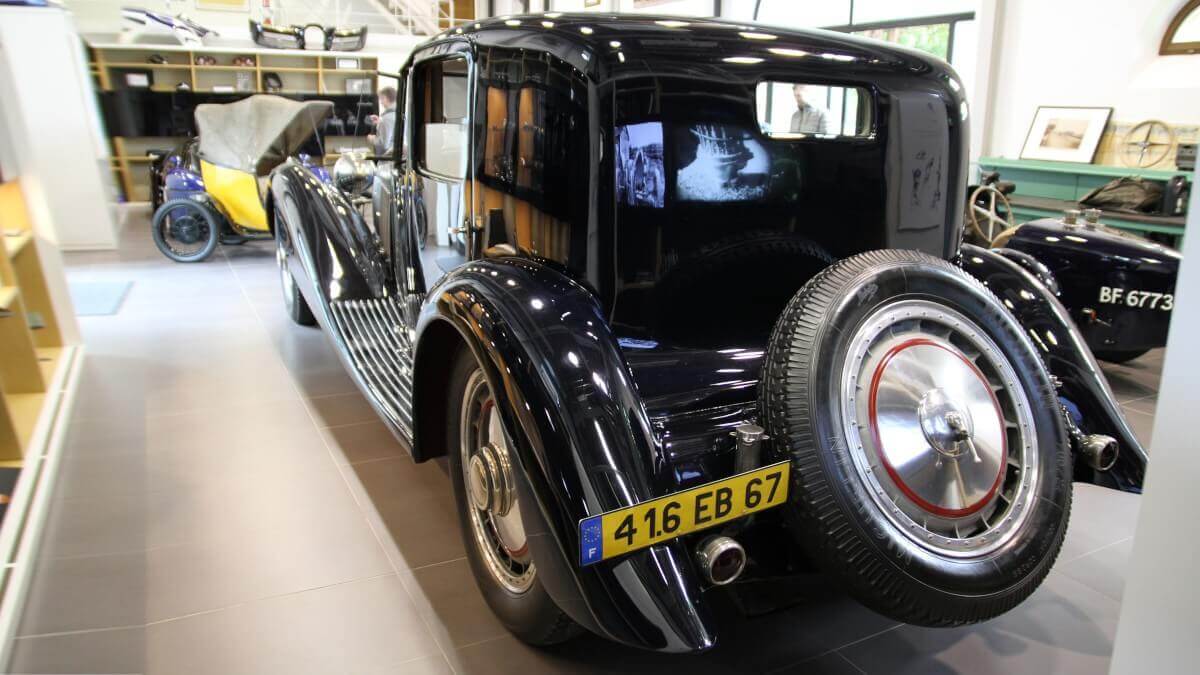



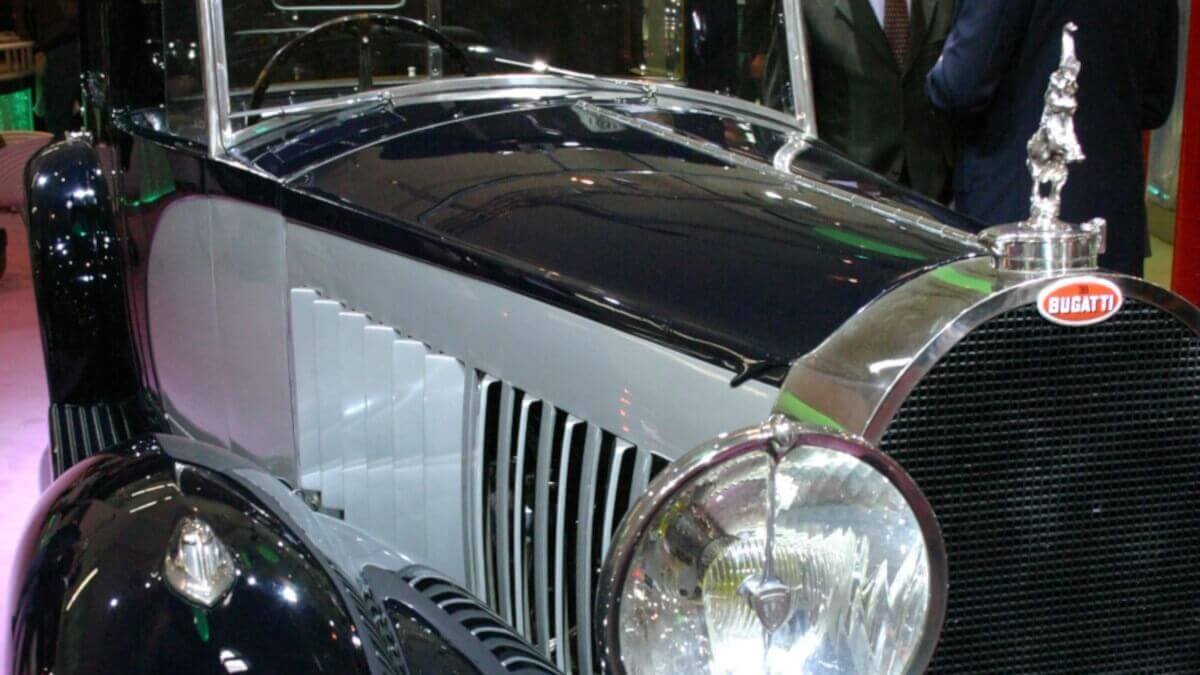



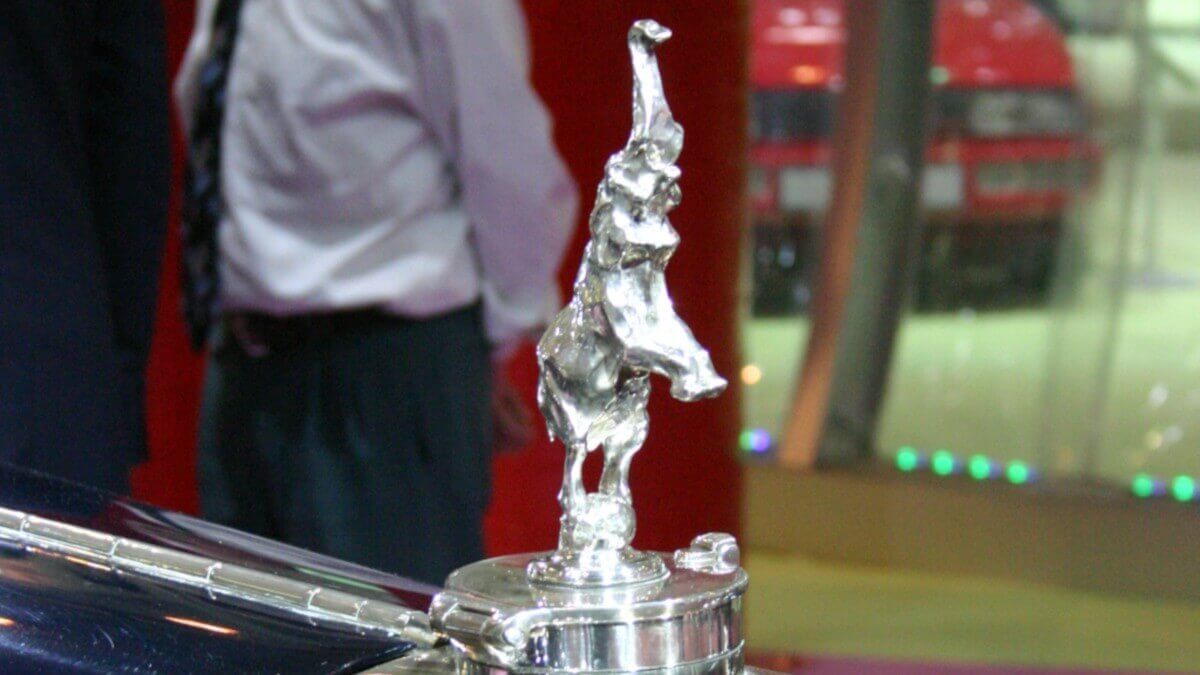



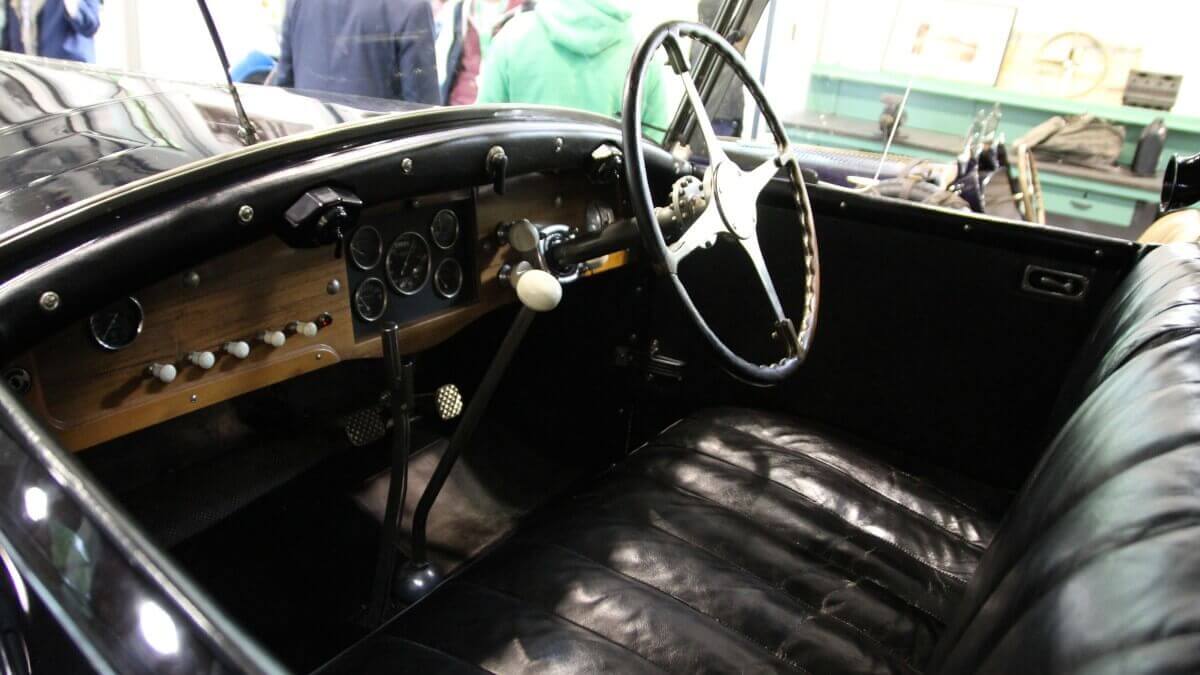



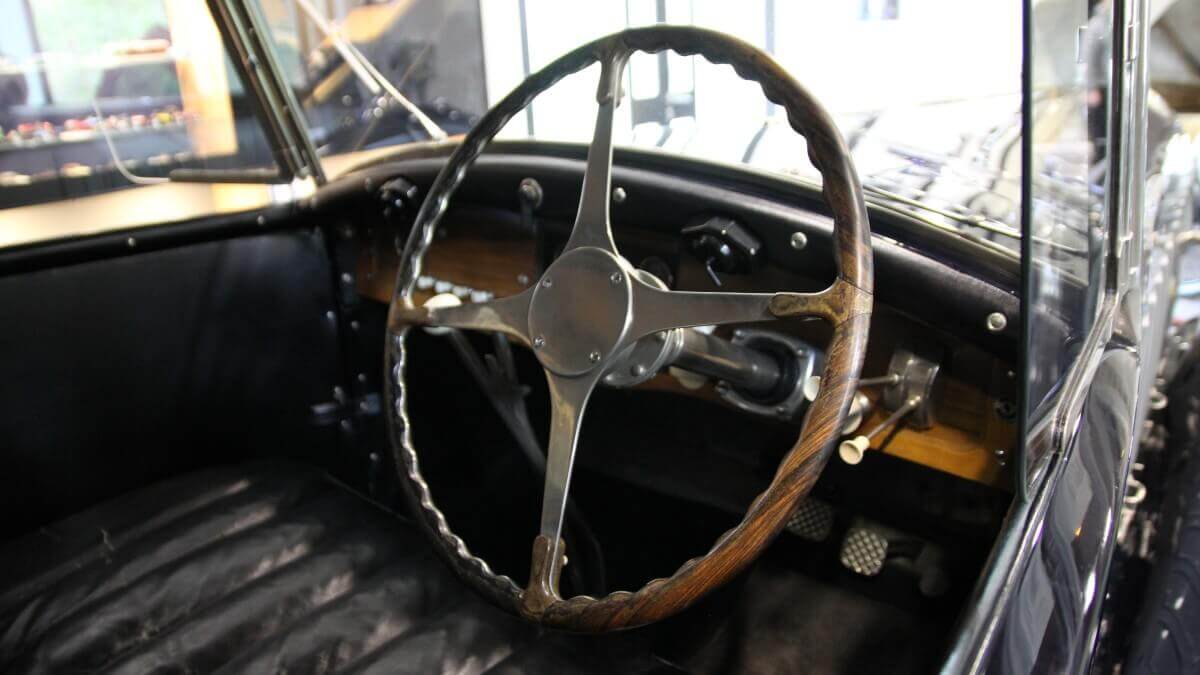



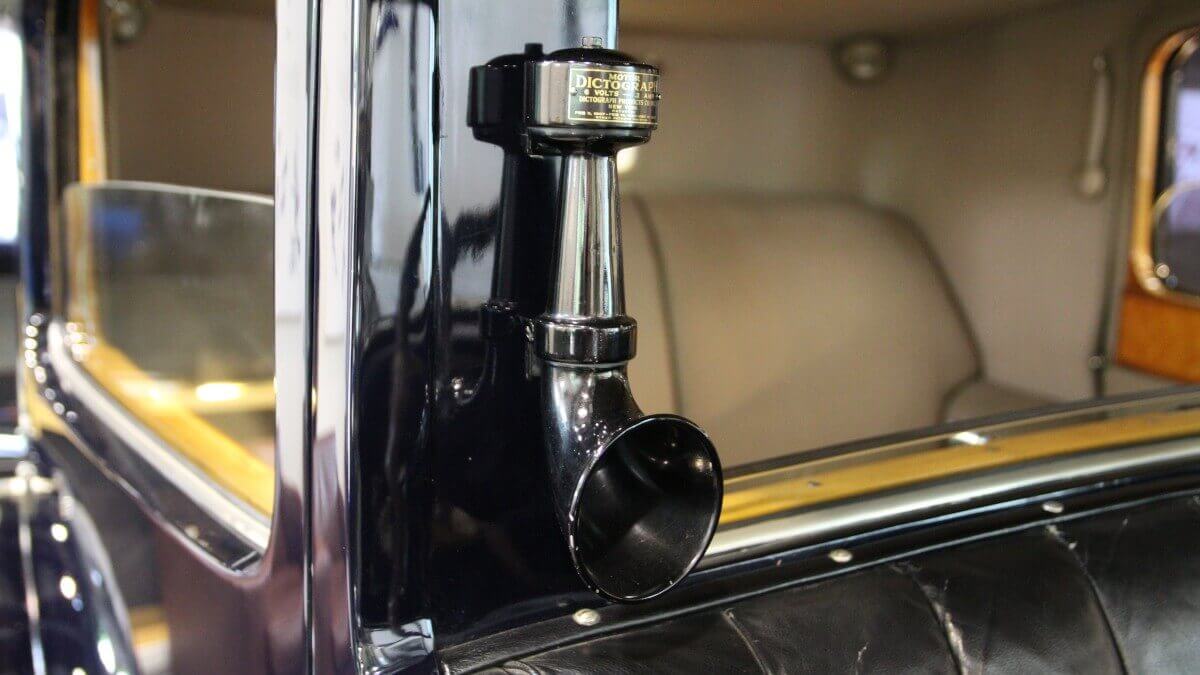



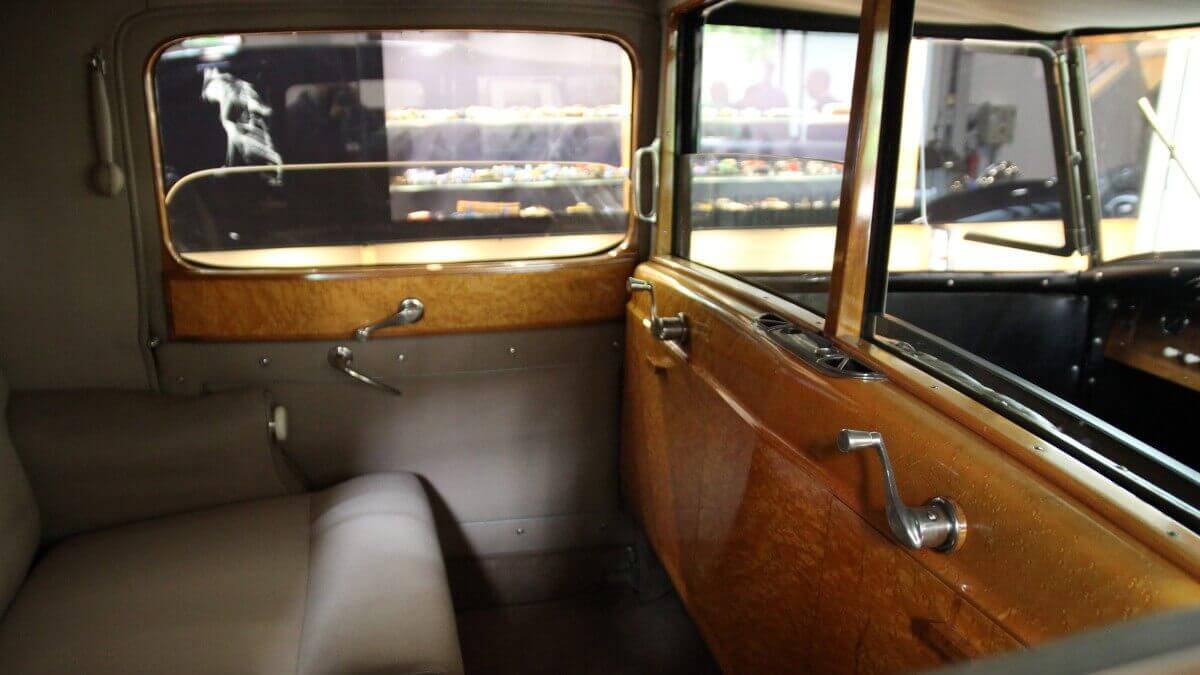



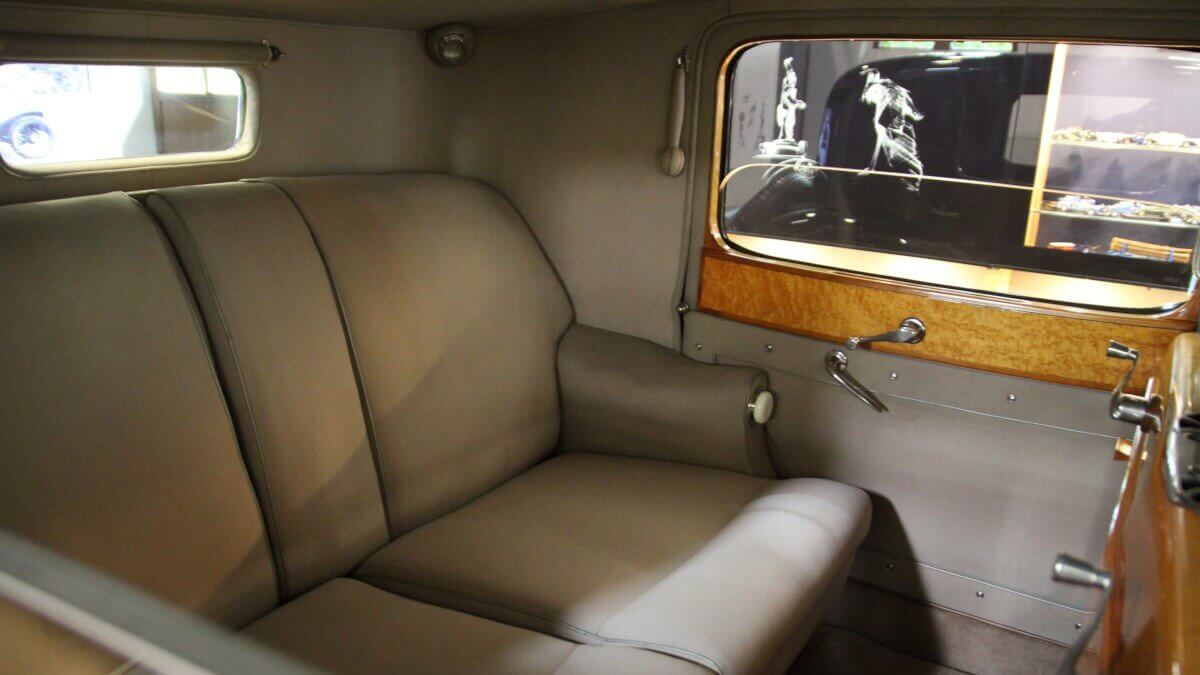



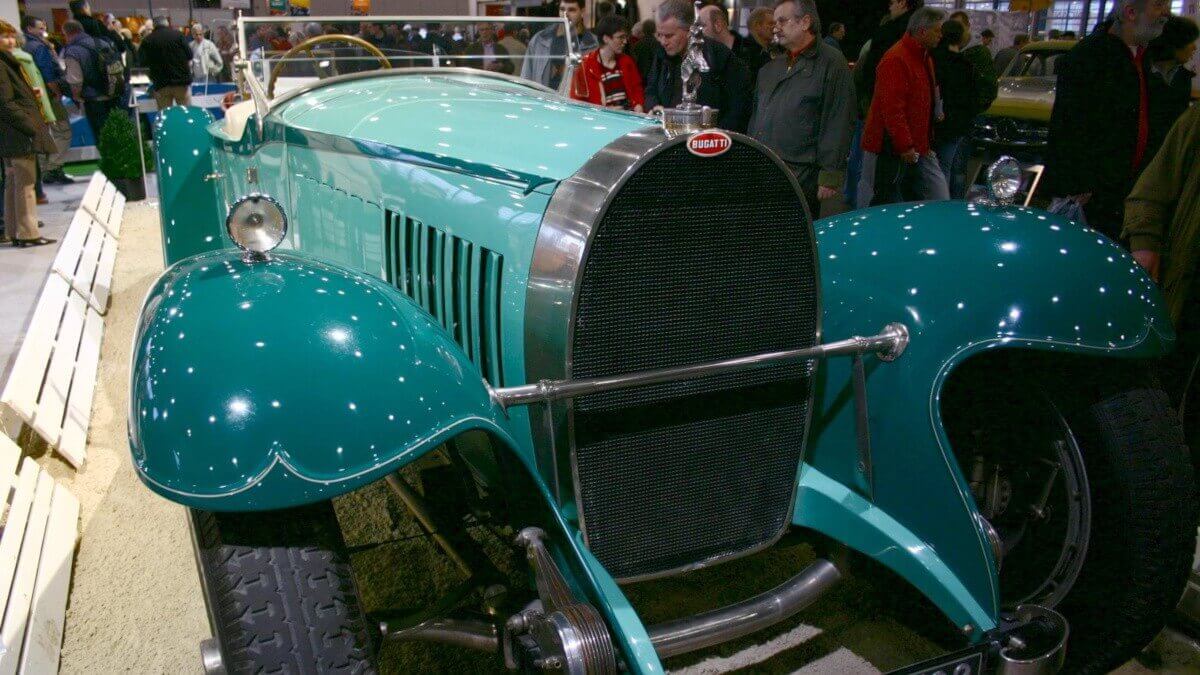



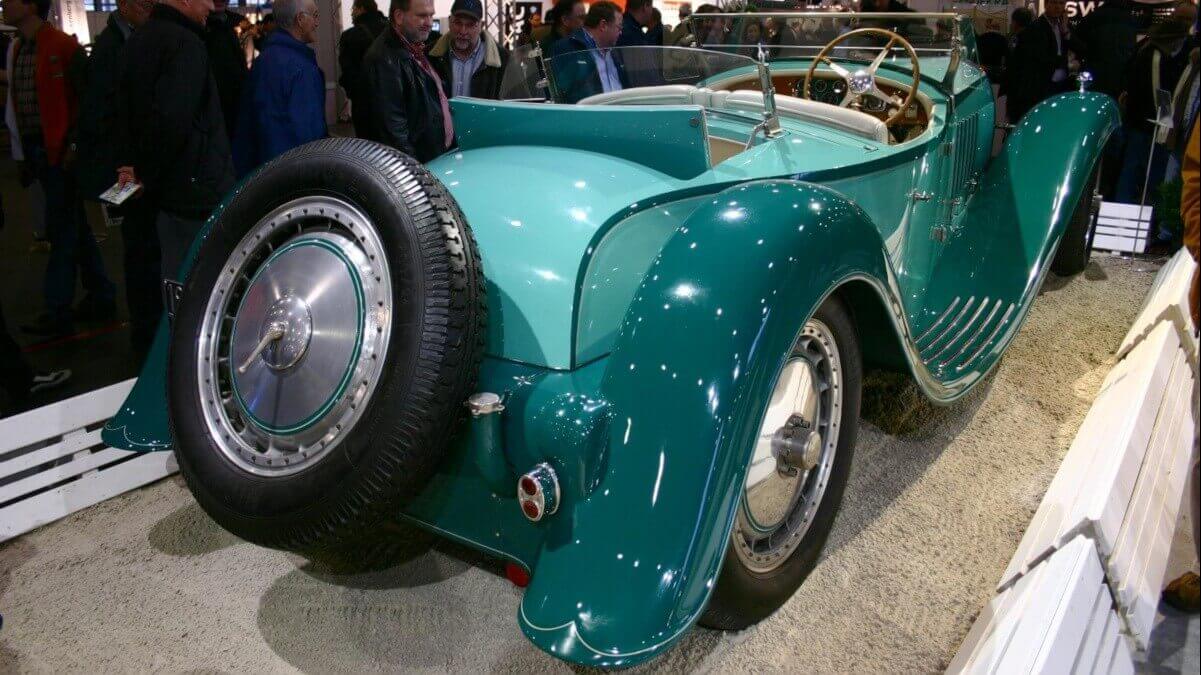



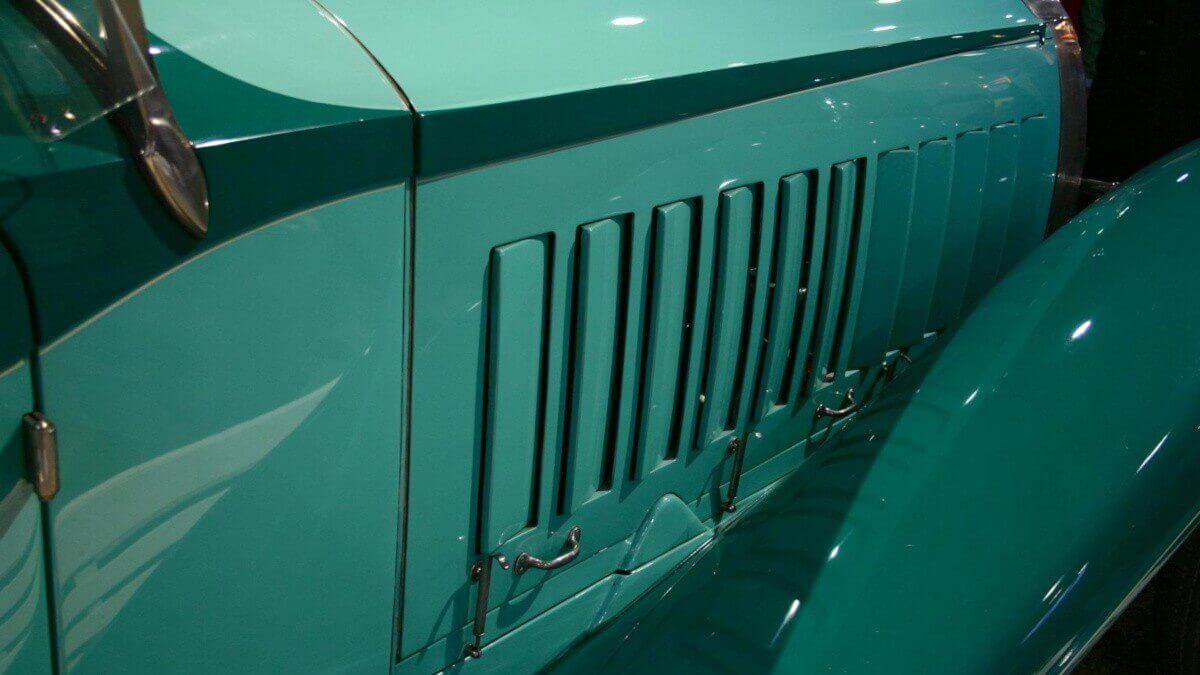



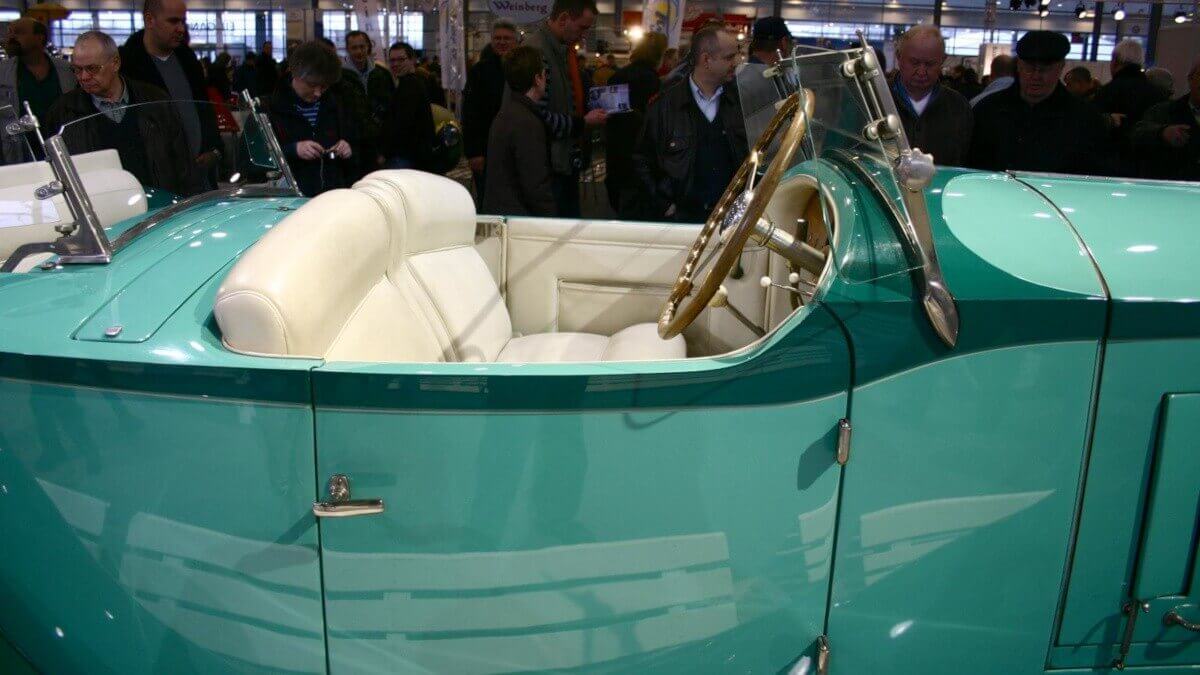



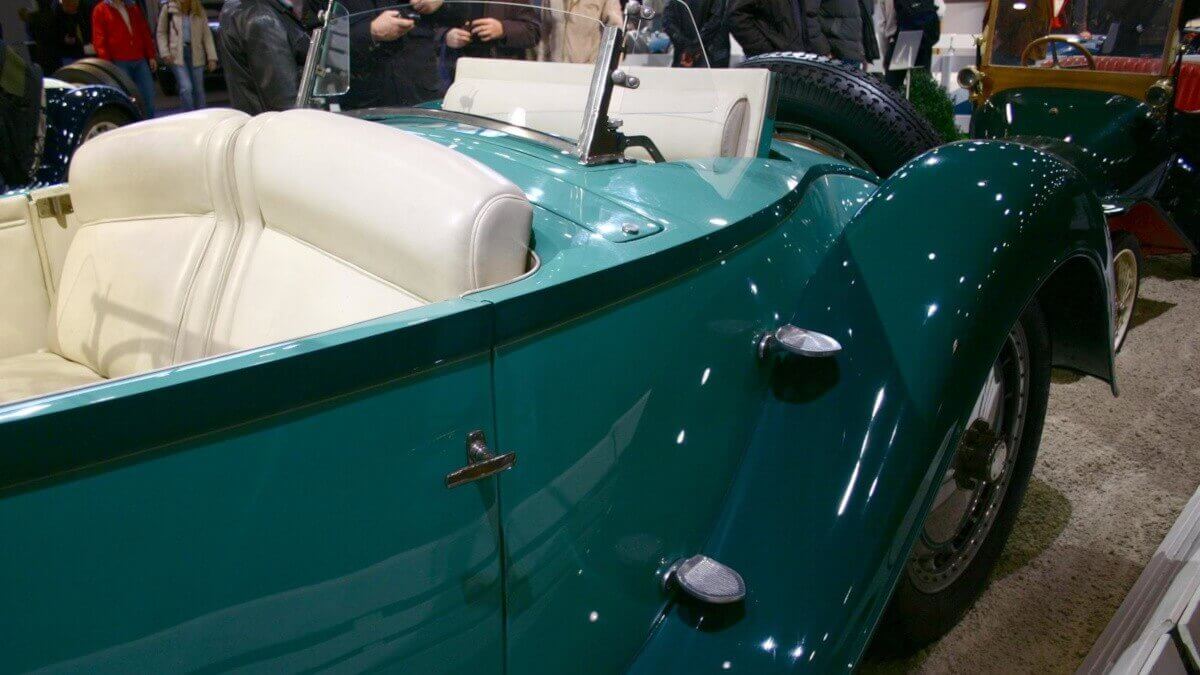



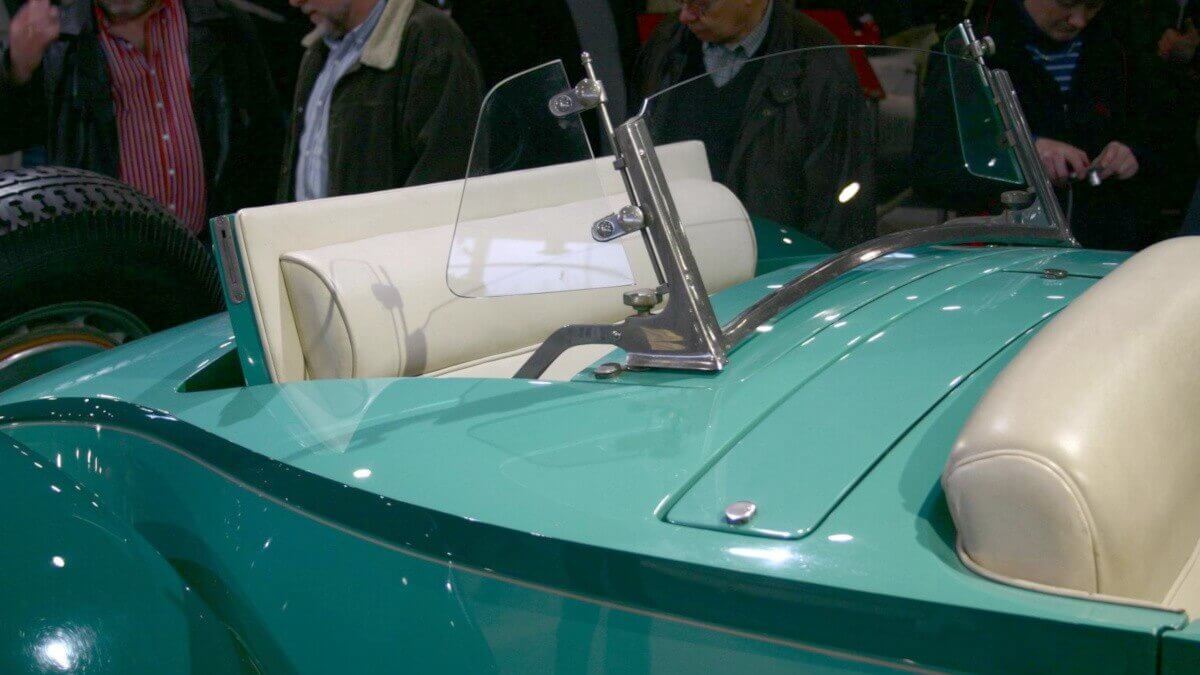



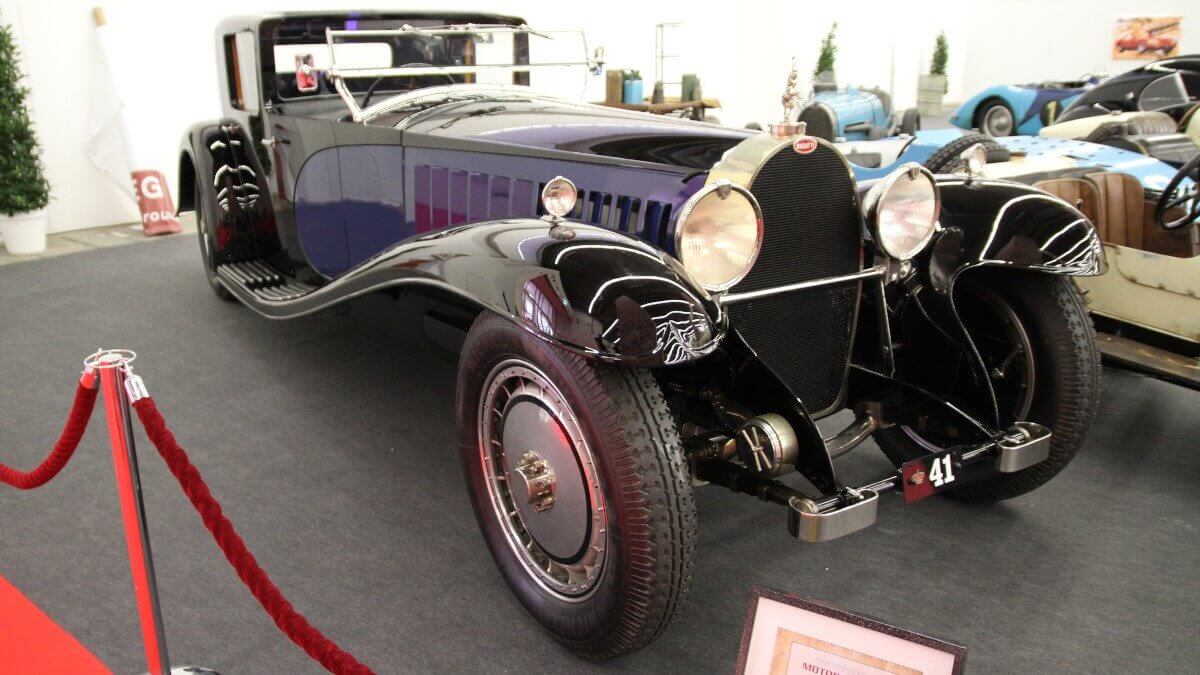



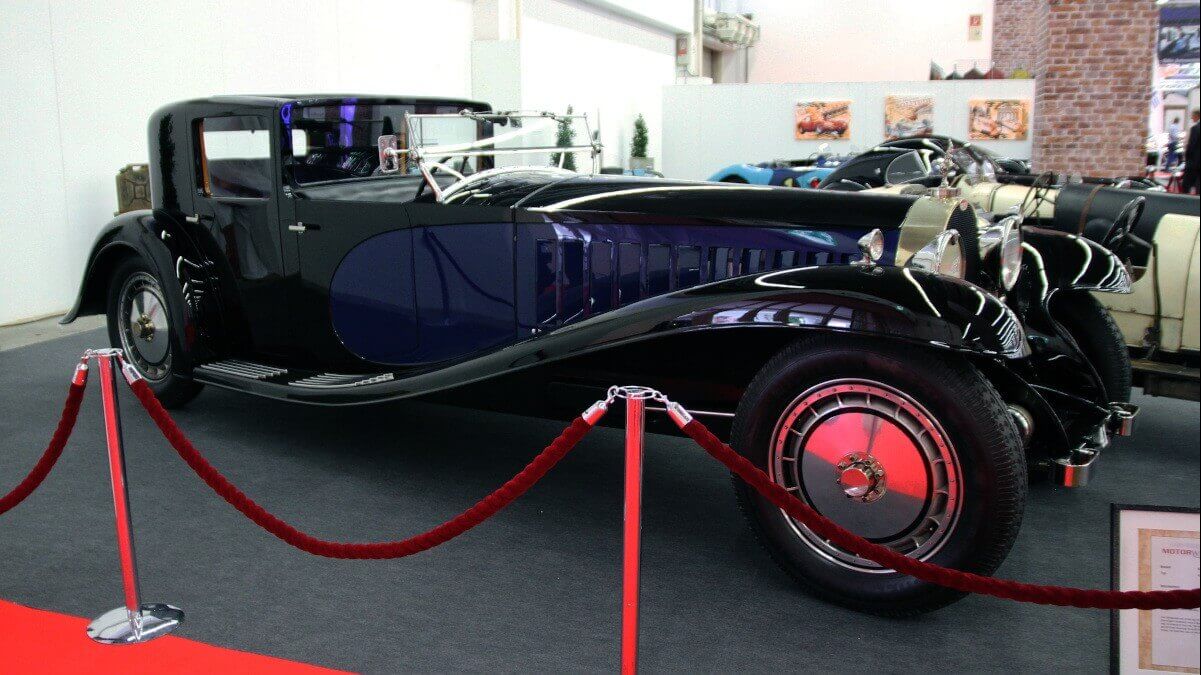



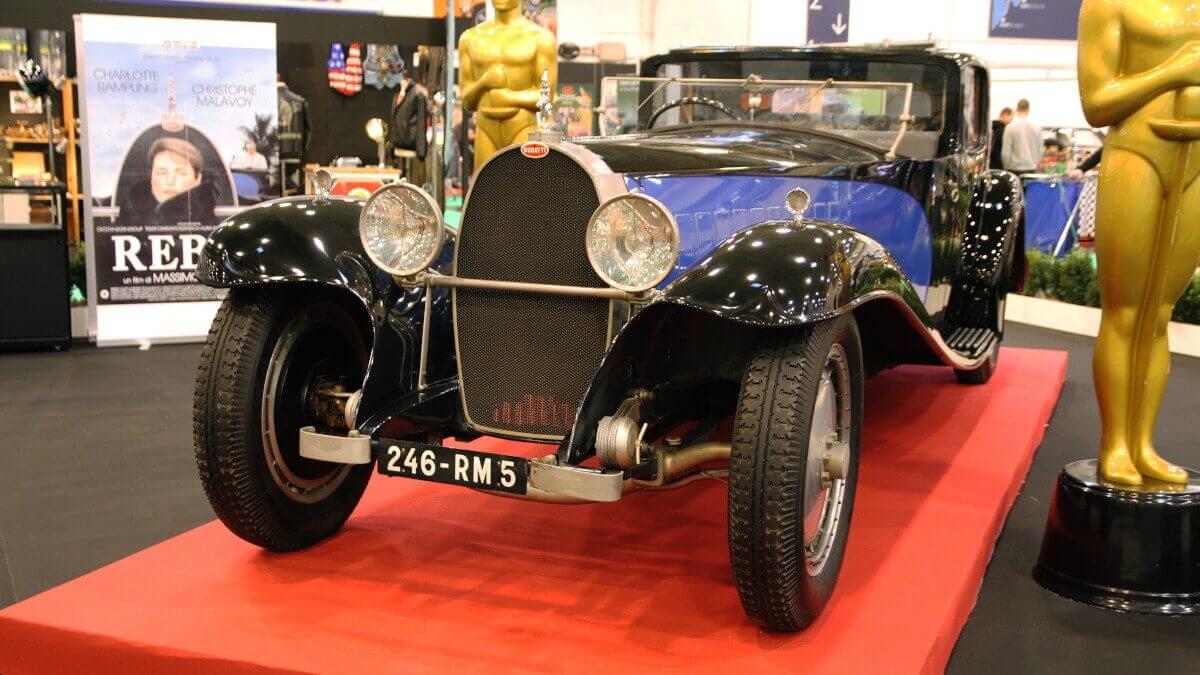



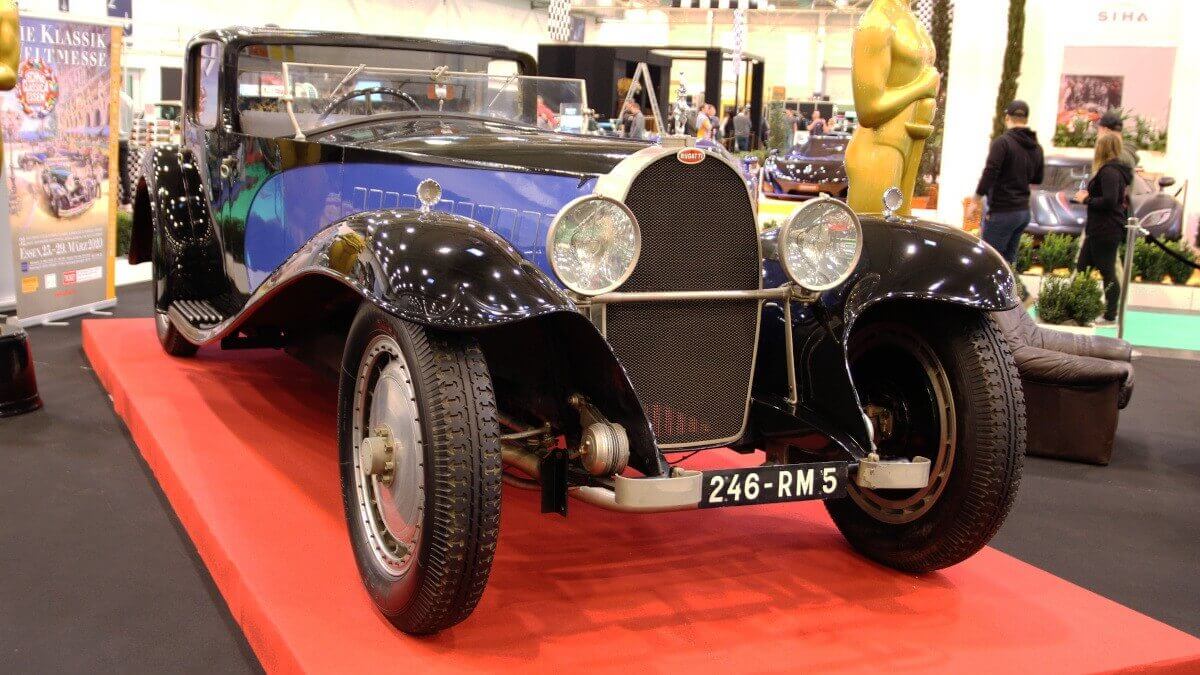



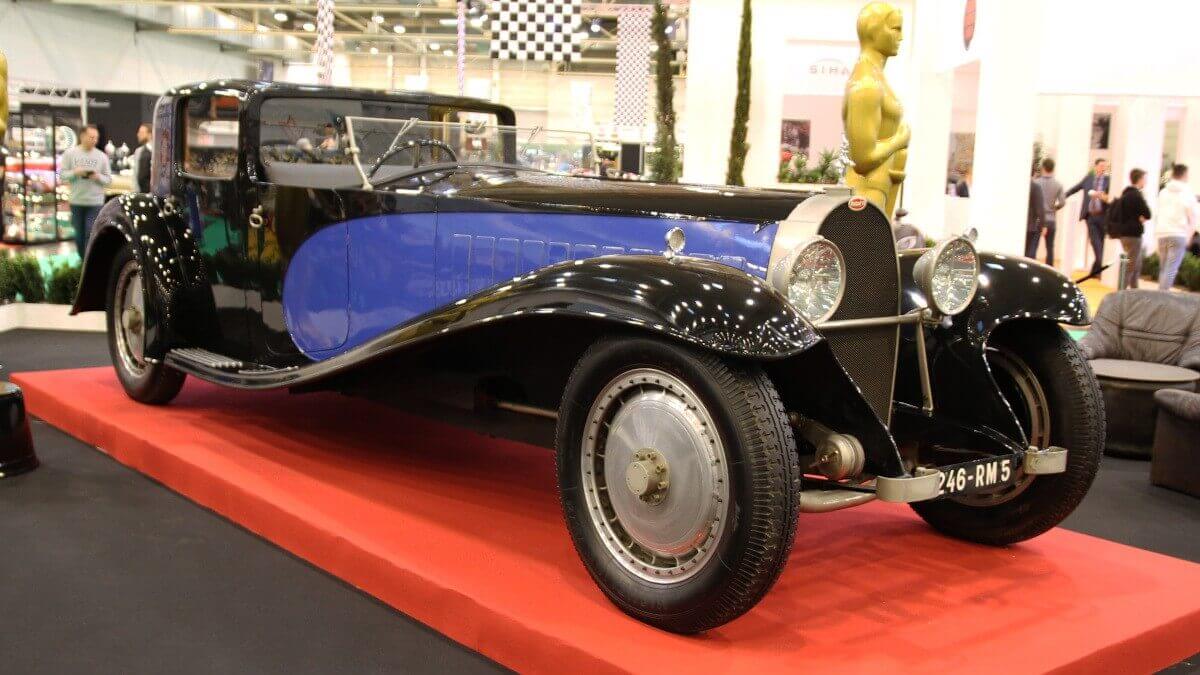



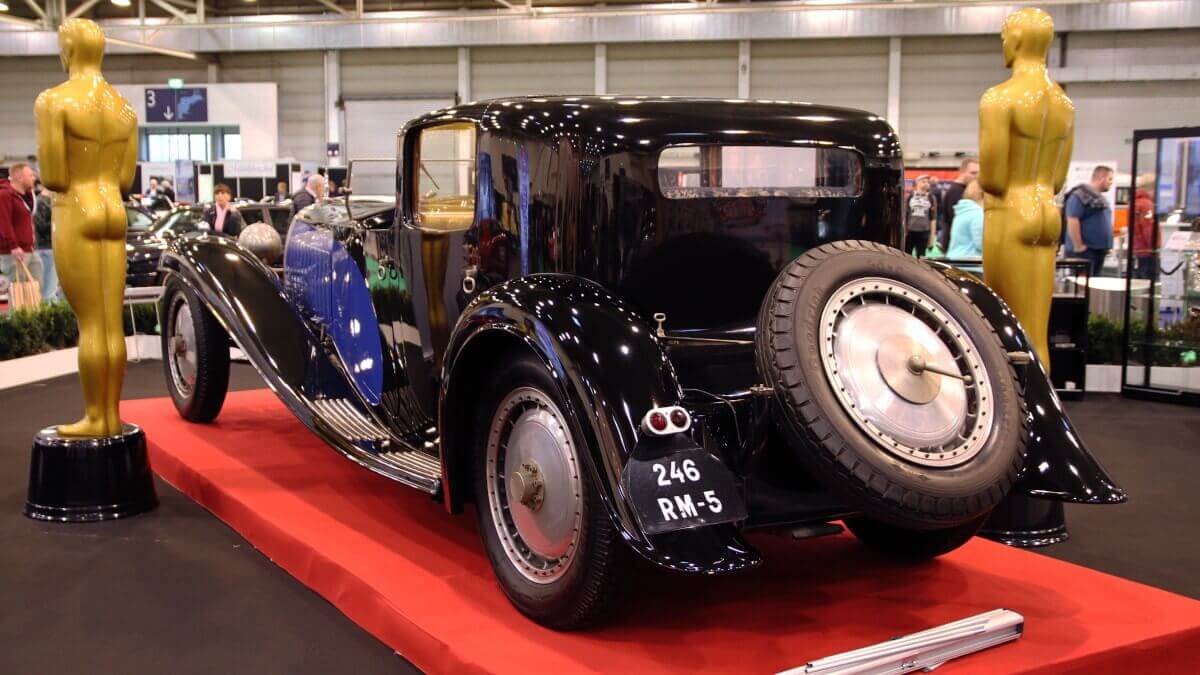



In 1932, chassis number 41-121 went to Dr. Joseph Fuchs from Nuremberg/Germany and therefore received a two-seater convertible bodywork with an extremely long bonnet built by Weinberger from Munich. When the National Socialists came to power, Dr. Fuchs went into exile in Switzerland, then to Shanghai/China, Canada and finally to New York. He took the Bugatti with him everywhere. In the winter of 1937/38, the cooling system froze and caused major engine damage. The car was put at a scrapyard, where it was found in 1943 by Charles Chayne, an engineer from General Motors. He restored and modified the Type 41 to his own taste and finally donated it to the Henry Ford Museum in Dearborn in 1958.
At the London Motor Show at Olympia in 1932, Bugatti showed another Type 41 Royale with a two-door Limousine body by Kellner & Cie. in Paris and the chassis number 41-141, which however found no buyer. Therefore the Bugatti family used it until the war, hid it from the Nazis and sold it afterwards in 1950 together with 41-150 to Briggs Cunningham in the USA, who was followed by another three owners. In 1933 Bugatti delivered the third customer vehicle with chassis number 41-131 to the British Captain Cuthbert Foster. After its shipment, the naked chassis received a Limousine body at Park Ward in Great Britain. After World Way 2, this Bugatti went through stations in the UK and the USA and came into the possession of the Schlumpf brothers in 1963. Today, this vehicle is also an integral part of the Cité de l’Automobile in Mulhouse.
Ettore Bugatti had reckoned with a significantly greater sales success for the Type 41 Royale and therefore had around 100 engines produced. In order to reduce this stock, he offered these engines of the French railway company ETAT (predecessor of SCNF) for installation in a new type of express train. From 1935, the XB 1000 rolled to the rails with two to four of these engines and was built 88 times. At times such a train held an average speed record of 196 kph over a distance of 70.7 kilometers. Bugatti was also responsible for engine maintenance. In this way, the loss business with the Royale was transformed into a profit business. The last examples were taken out of service in 1958. Today, according to current knowledge, only one of them still exists in the Cité du Train railway museum in Mulhouse. In addition to the six original Bugatti Type 41 Royale, there are now at least three outstanding replicas worldwide, two of which you can see in our picture gallery. In addition, Sbarro from Switzerland with their Royale, powered by two linked Rover V8 engines, and Panther with the De Ville offered vehicles at times, which were visually very similar to the Bugatti, but priced far below. If a genuine Type 41 were offered for sale today, there would most likely be a new absolute price record for an automobile.
Images: Bugatti, Matthias Kierse




